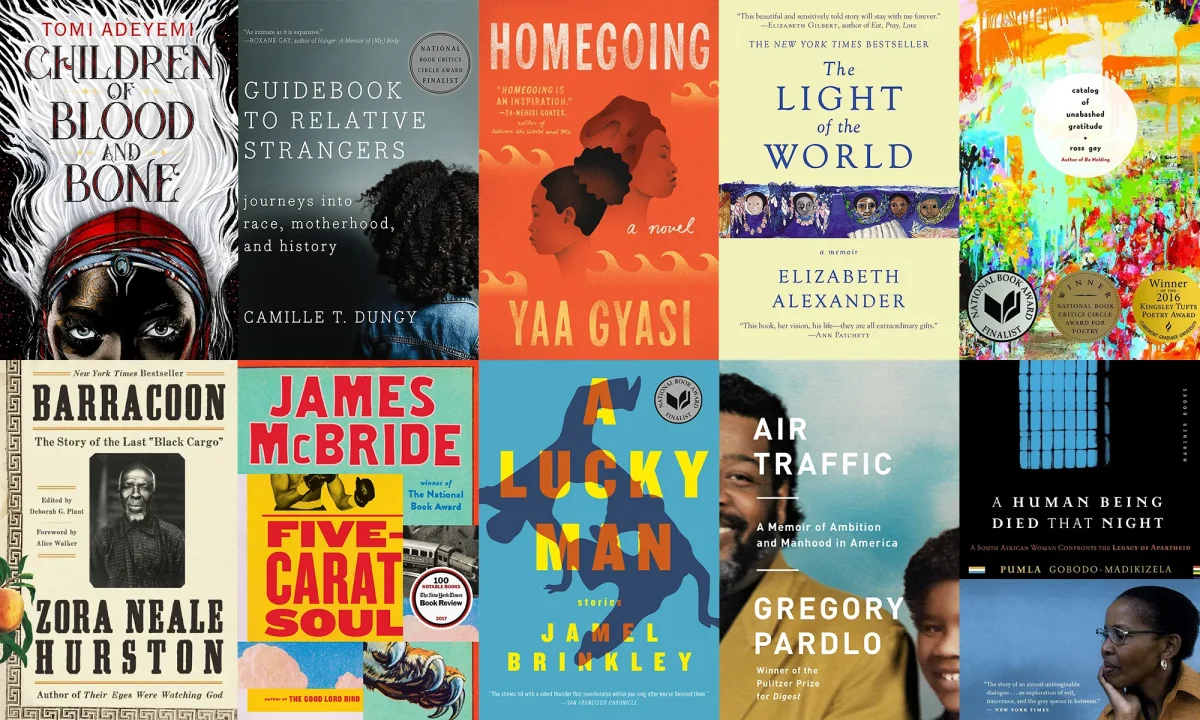King Henry VIII (1491-1547) had a massive impact on England’s religious and land welfare throughout his 36-year reign. But most people only know him for his six marriages, nearly all of which ended (due to his own doing) disastrously. These marriages themselves were catalysts for the English Reformation, the Pilgrimage of Grace, and the reinstatement of Henry’s daughters (including Elizabeth I and Bloody Mary) in the royal succession. These six queens deserve as much attention as Henry garners, so I’m assigning them reality TV shows to give you a grasp of their personalities and help you remember them better.
Because I don’t know any of the queens, it’s hard to figure out their personalities. There was also no reality TV back in the 1500s, so there’s no way to figure out their favorites. So I’ve instead based each queen’s show off on their personality (as reported), their motto, and how certain events in their life would shape their outlook on it.
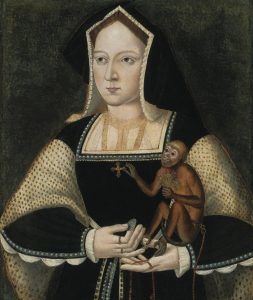
Catherine of Aragon (Humble and loyal)
Starting with Henry’s first wife, Catherine of Aragon, the Spanish princess. Before Catherine married Henry, she was married to his older brother, Prince Arthur, when she was just sixteen. Unfortunately, Arthur died the following year, and following royal tradition, Catherine married his brother, Henry, right before he became king eight years later. For anyone else, this might seem like gold-digger behavior, but Catherine of Aragon was the daughter of Queen Isabela I and King Ferdinand of Spain, so she was already well off.
Catherine of Aragon reminds me most of the show Wife Swap because she was taken from Spain at only 16. Her life before then consisted of intensive tutoring with a heavy Catholic focus, which contrasted greatly with the rather extravagant lifestyle of the Tudors in England. She was thrown into marriage without knowing much about her husband other than he was an heir to the throne, and that he spoke English. Catherine also held a significant amount of power in the court in her early marriage, much like Wife Swap, and she had changed the court by the time she left. Similarly to the show as well, Catherine had twice been stuck into a family (Tudor) without any warning and maintained as well as asserted her views on her new family.
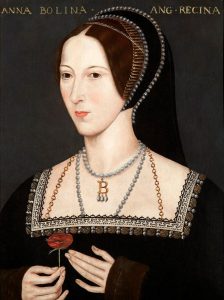
Anne Boleyn (The most happy)
Anne Boleyn is the most heavily researched and romanticized wife of King Henry VIII from the show The Tudors and multiple movies. Her (somewhat) rags to riches story, although it’s hard to call it that when Boleyn started as the daughter of an Earl, is so heavily Hollywood-influenced that it’s hard to discern what is real and what’s fiction. She’s known most for her death, as she was the first of Henry’s wives to be beheaded, but many shows (The Tudors) paint her to be deserving of it, due to her alleged promiscuity.
As tempted as I am to make a pun (or several) and say Anne Boleyn would be Chopped, I believe wholeheartedly that she’s Say Yes to the Dress. That’s also a pun, but it’s much more accurate. In this situation, I’m not abiding by the way Say Yes to the Dress is run, and instead standing by the name. Henry VIII and Anne’s relationship consisted of Henry wanting Anne to become his mistress and Anne refusing unless they could get married. Eventually, Henry gave in to Anne’s relentless keep-away and said yes to the dress (marriage).
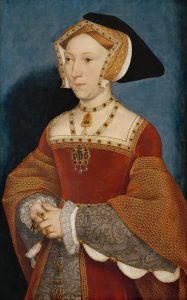
Jane Seymour (Bound to obey and serve)
Jane Seymour is often proclaimed to be “the only wife that (Henry) truly loved”, as she was the only one not to be divorced or beheaded (Katherine Parr was the widow of Henry, so she’s a gray area), instead dying in the childbirth of King Henry VIII’s only male heir. Like Anne, a very religious Jane refused to become Henry’s mistress. Many historians paint Jane Seymour in an innocent light, but it’s likely that her admiration of Henry quickened the beheading of Anne Boleyn and hastened Henry’s third marriage, as Jane and Henry got married only 11 days after Anne’s death.
I’ve designated Jane Seymour as Too Hot To Handle, a show centered around contestants forbidden from romantic contact with each other. Jane, the pious Catholic, refused to become Henry’s mistress, which Henry wasn’t used to. While she was infatuated with him, she believed his relationship with Anne Boleyn was one that she shouldn’t cross, and that he had to “get rid of her” before they could become married. Similarly to the show, Henry wasn’t aware that Jane had boundaries (this will become a reoccurring theme) and constantly tried to get her to be his mistress even though she wasn’t interested.

Anna of Kleve (God send me well to keep)
Anna of Kleve (more popularly and incorrectly known as Anne of Cleves) was the shortest-term wife of Henry VIII, at just seven months. She was the daughter of a German duke, and not much is known about her upbringing until shortly before her marriage to the king. While Henry was mourning the loss of his third wife, Jane Seymour, his council members had prepared a lineup of suitors for him. Anna was 24 years old at the time Henry discovered her via portrait, and she agreed to marry him to unite England with Kleve against the Catholic Church. (That’s what happens when one of your exes is the Pope’s aunt.)
Anyone who is familiar with Henry’s wives knows the story of how he met Anna, how he regretted picking her, and how they got divorced shortly after. This already screams 90-day fiancé, but what’s more, is that there was a 24-year age gap between them, which is very reminiscent of 90-day fiancé’s most popular couple, Ed and Rose, with their 31-year age gap. And, like Rose, Anna was disgusted by Henry and most likely only used him for money (in Six: The Musical, Anna’s character fully admits it, but even as good as Six is, it’s not a reliable source). If one of the six queens in this story has a happy ending, it’s Anna, who left the marriage with two castles, a yearly allowance from Henry, and the honorable title of Sister (don’t think about how weird that is).
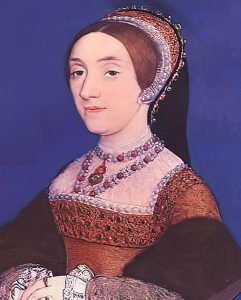
Kathryn Howard (To no other will than his)
Kathryn Howard is the most tragic wife story of them all. Kathryn came from an aristocratic but relatively poor family, due to her father’s ill financial decisions. Her mother died when she was only 5, and she was sent off to live with her great-grandmother until her marriage to the king when she was only 17. Kathryn was also groomed by several men in her life from age 13. Ultimately, she would be beheaded on counts of political conspiracy and an affair, although the claims of both were never confirmed.
I’ve labeled Kathryn as How to Catch a Predator, as it’s undeniable that at this point, that’s what Henry was. There was a 37-year age difference between them, and combined with the fact that Kathryn was a minor at the time of their marriage, it certainly didn’t look good for the king. I wish someone would have caught him, but instead, Kathryn’s supposed lover, Thomas Culpeper, was killed, and then her, in quick succession. Many historians have blamed Kathryn’s death on herself, for being careless with whom she associated herself with during her reign as queen, but I believe they’re being too harsh. It’s too easy to forget that Kathryn was just 19 at the time of her death, and the sway of Henry’s power, combined with her past, makes her a clear victim.
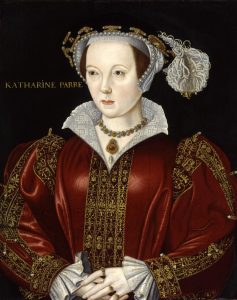
Katherine Parr (To be useful in all that I do)
Katherine Parr is (in my opinion), King Henry’s most influential wife. Brought up as the eldest in a rich and powerful household with an excellent education, Katherine was raised to be an aristocrat through and through. Unfortunately, her first two marriages went sideways when both of them died before she was 32, one at 25 and the other at 50. As a widower, Katherine appeared often at court, where she caught the eye of King Henry. Throughout their marriage, Katherine advocated for her step-children’s rights in the succession and eventually got Henry to re-add his daughters Elizabeth (a.k.a Queen Elizabeth I) and Mary to the line for the throne. She also published three books, which was unheard of for a woman at the time.
I said that Katherine Parr was Real Housewives, which I believe that she would have been on, had the show run in the 1500s. She was both rich and self-made and not afraid to put men in their place. Katherine is famously known for standing up to Henry regarding his religious ideals and almost got executed for it, pulling a classic “I’m just a stupid girl” to get out of it. Like the women on Real Housewives, Katherine was a trailblazer and an inspiration to English women by showing them that they could publish their ideas into the world, and her impact is still seen today.
At the end of the day, I chose to believe women. All of these women were victims of a very predatory and disgusting man (in their words, not mine) who abused his power as King to marry them when they may not have wanted to. While social conduct was certainly different 500 years ago and it’s important to remember not to revere historical figures as purely good or evil, King Henry VIII’s name lives in infamy for a reason.






